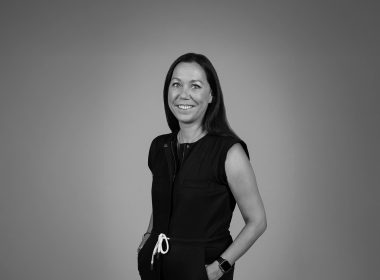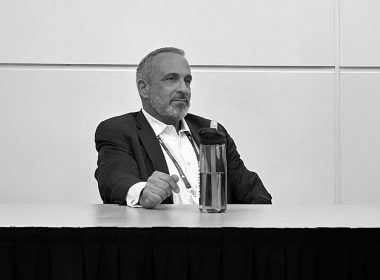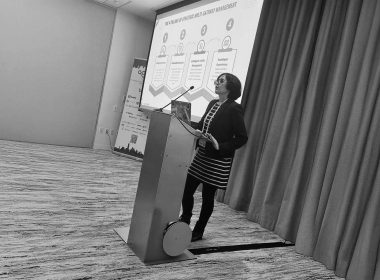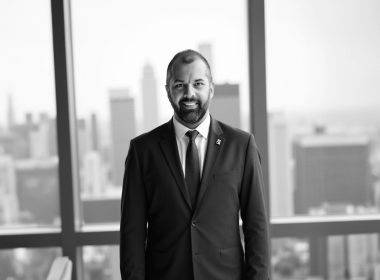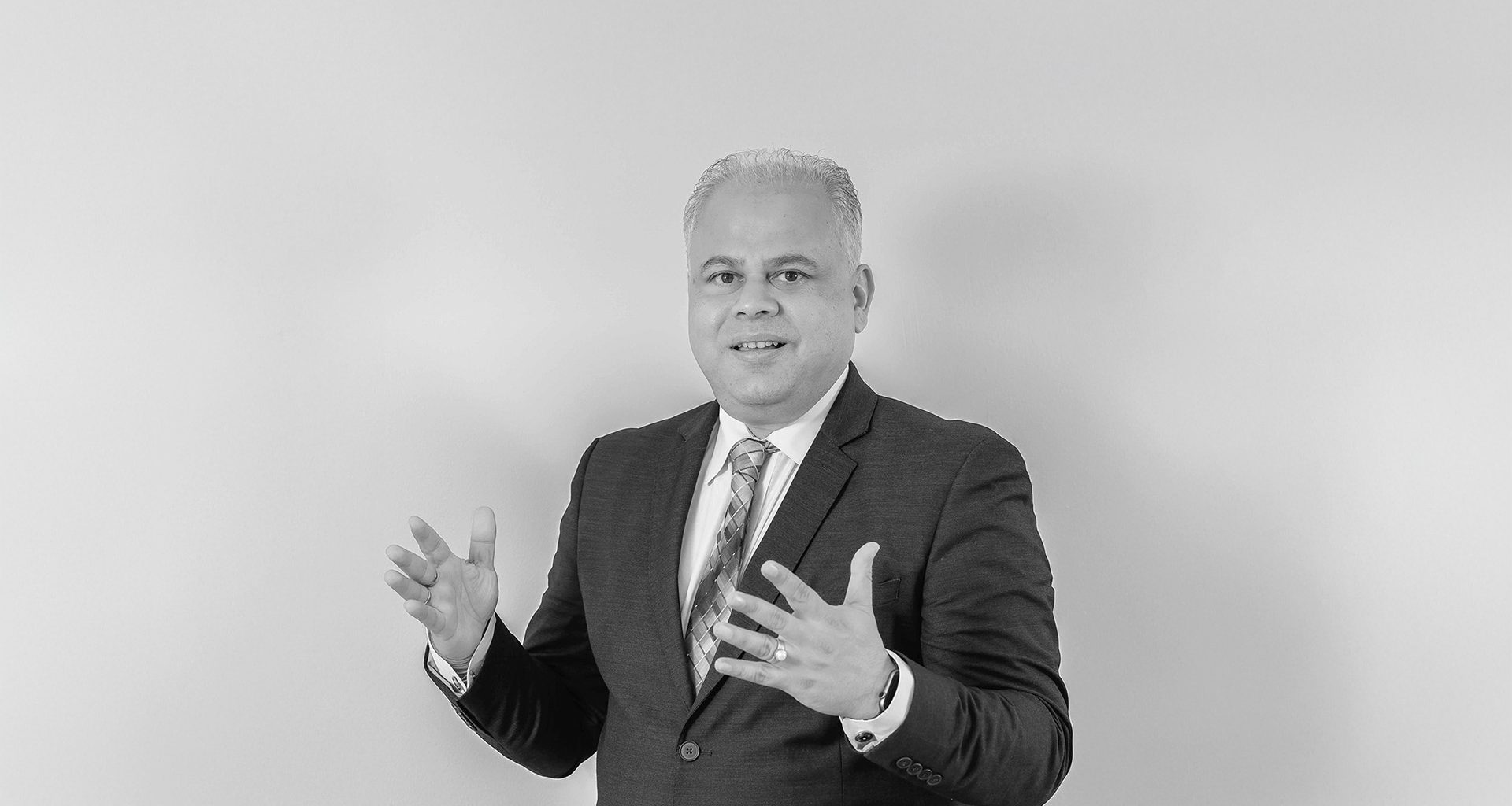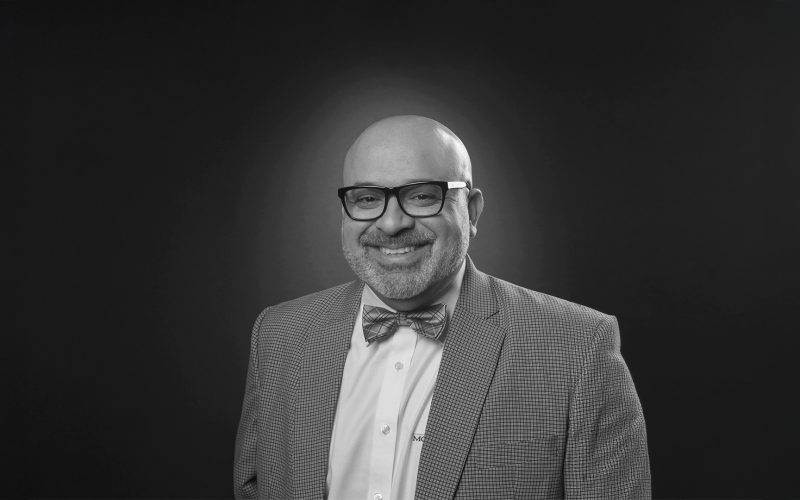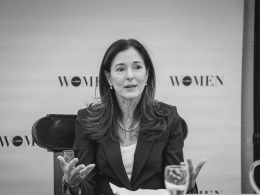Some people spend decades watching talented professionals get stuck, never quite breaking through to the next level. Others build frameworks to fix it. After 25 years of watching promising careers stall out in corporate America’s maze, one leadership coach decided to tackle the problem head-on. From the invisible worker in the corner to the achiever running without direction, the patterns kept showing up. That’s when Rahul Karan Sharma started connecting the dots. The result? A different kind of leadership roadmap – one that starts with where you are, not where others think you should be.
After watching patterns unfold over 25 years in corporate boardrooms, Rahul Karan Sharma saw the same walls trip up talented people again and again. What started as observation turned into something more – a framework called CLIMB, built around four states where careers tend to get stuck
State of Invisible
Walk into any corporate meeting and you’ll spot them right away – the quiet ones. Not because they’re talking, but because they’re not. “Most young professionals, they are invisible at the workplace,” Rahul says. No lunch invites. No happy hour meetups. Just sitting there, talent wasted, while conversations flow around them.
The problem isn’t their work – it’s their walls. Rahul saw this pattern play out over and over. Smart people, doing good work, but somehow never quite breaking through. His fix? Start with what’s up top. “When you are in state of invisible, one of the thing that you can do to come out that state is cultivate a mindset, a mindset of confidence,” he says. Confidence opens doors. More importantly, it keeps them open.
State of Potential
Then there’s the flip side – people crushing it at work but still feeling stuck. Rahul calls this the “state of potential.” These folks aren’t invisible. They’re stars. But something’s still off. “You are hands down one of the top performers but you still are not giving your 100%,” he points out. The weird part? Many don’t even know why they’re stuck. They’re up at night, wondering what’s missing. Rahul’s seen enough of these cases to know there’s usually one culprit: not knowing your own strength. His prescription? “Try to do an assessment that will help you know your true strength. True strength is why you do what you do.”
State of Achiever
Some people run into a different problem. They’re winning, but they’re tired. Rahul sees these “achievers” burning themselves out, checking boxes but feeling empty. “It’s just like a marathon runner who is just running without the end goal,” he says. The fix here isn’t about running faster. It’s about knowing where you’re going. “Based on my experiences, the purpose and vision is not aligning,” Rahul notes. His advice cuts through the noise: “Integrate your purpose and vision. Know why are you doing what you are doing.”
State of Influence
There’s one more level – what Rahul calls “the state of influence.” This is the promised land. Speaking gigs. C-suite on speed dial. Everyone wants your take. But here’s the catch – getting there is tough. Staying there? Even tougher. “It’s easy to rarely easy to reach but it’s very very difficult to stay on top,” Rahul warns. His strategy boils down to two things: “Magnify your impact and build your legacy.” Simple to say. Hard to do. Worth the effort. After watching these patterns play out for years, Rahul built something he calls the CLIMB framework. Each letter counts: “C is cultivate your mindset, L is leverage your strength, I integrate your purpose and vision, and M magnify your impact and B build your legacy.”
Looking forward to 2025, Rahul keeps it real. Success isn’t about following someone else’s path. It’s about knowing where you stand – invisible, potential-rich, achieving, or influential – and taking the next step up. The climb looks different for everyone. But the first step? That’s always the same: figure out where you’re starting from. To learn more about Rahul Karan Sharma and his approach, check out his LinkedIn profile.

